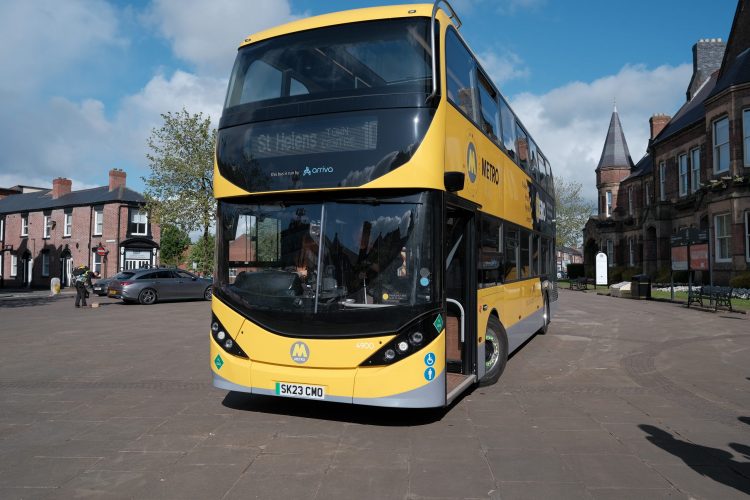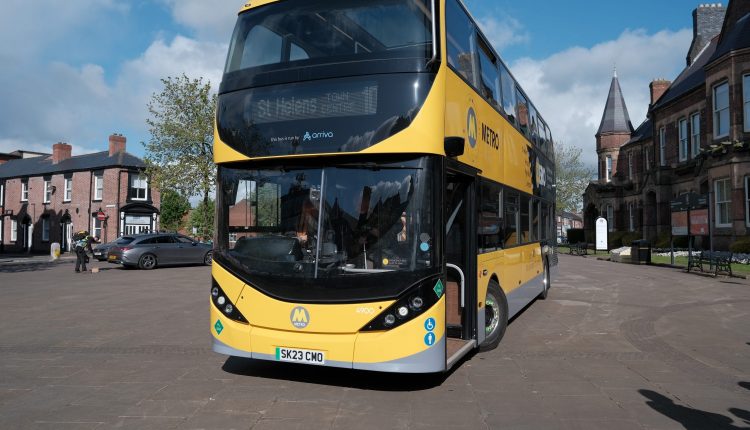Metro Mayor Steve Rotheram is looking to spend £31m to introduce a new fleet of electric buses into Liverpool city region. Tony McDonough reports

Liverpool city region will see a 58-strong fleet of electric buses brought into service under plans unveiled by Metro Mayor Steve Rotheram.
After spending £12.5m on 20 hydrogen buses Mr Rotheram now wants to step up efforts to continue decarbonising the region’s public transport network. It comes weeks after the Combined Authority voted to take the region’s buses back under public control.
To pay for the new electric buses he has asked the Government for around £9m and the Combined Authority will add a further £20m.
His hydrogen-powered buses came into service on the 10A route between Liverpool City centre and St Helens in May. However, a shortage of hydrogen saw them taken out of service in August. LBN revealed the buses were back on the road in October.
Also in October, the Combined Authority took a landmark decision to take back control of the region’s buses after nearly 40 years of deregulation.
Franchising will give the region greater control over routes, fares and timetables and the power to ensure that any profit is reinvested back into the network to improve services for passengers.
Mr Rotheram said: “More people get the bus than any other form of public transport. Like with our new publicly owned trains, they deserve to travel on clean, modern and accessible vehicles.
READ MORE: City region to freeze tunnel tolls and bus fares
“I’m investing to ensure that Liverpool city region has a bus fleet to be proud of – one that makes travelling better for passengers and for our planet too.”
This latest bid is to be discussed at next week’s Combined Authority meeting on Friday, December 15.
Funding would come from the latest tranche of the Zero Emission Bus Regional Area fund (ZEBRA 2), which covers up to 75% of the cost difference between the zero emission vehicles and a standard diesel engine bus.

